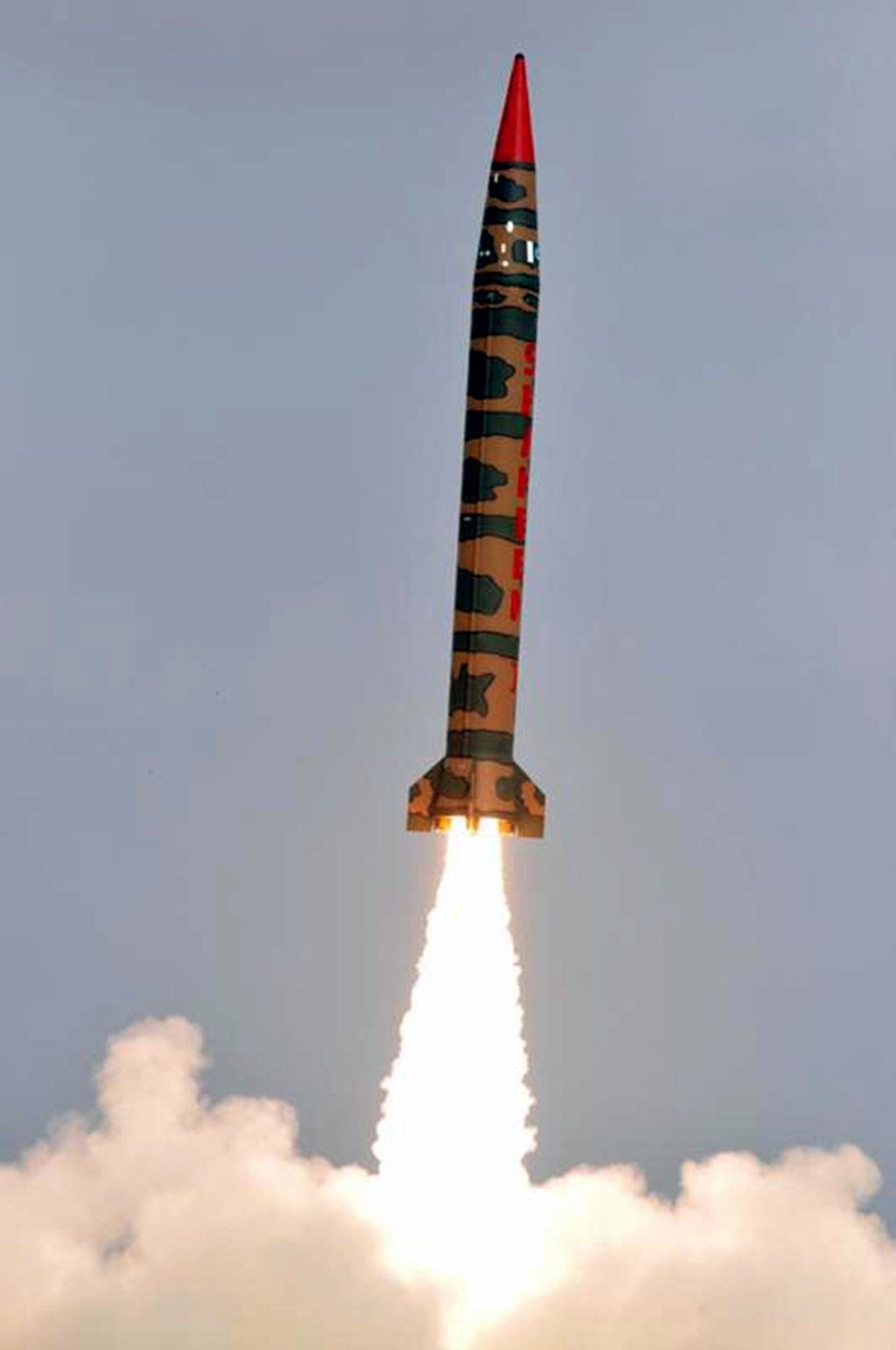China provides tracking system for Pakistan’s missile programme
Tracking system could allow Islamabad to speed up development of missile that can target multiple cities or military sites

China has sold Pakistan a powerful tracking system in an unprecedented deal that could speed up the Pakistani military’s development of multi-warhead missiles.
News of the sale – and evidence that China is supporting Pakistan’s rapidly developing missile programme – comes two months after India tested its most advanced nuclear-ready intercontinental ballistic missile (ICBM) with a range long enough to hit Beijing or Shanghai.
Chinese authorities declassified information about the deal on Wednesday.
A statement on the Chinese Academy of Sciences (CAS) website said China was the first country to export such sensitive equipment to Pakistan.
Zheng Mengwei, a researcher with the CAS Institute of Optics and Electronics in Chengdu, Sichuan province, confirmed to the South China Morning Post that Pakistan had bought a highly sophisticated, large-scale optical tracking and measurement system from China.
The Pakistani military recently deployed the Chinese-made system “at a firing range” for use in testing and developing its new missiles, he said.
